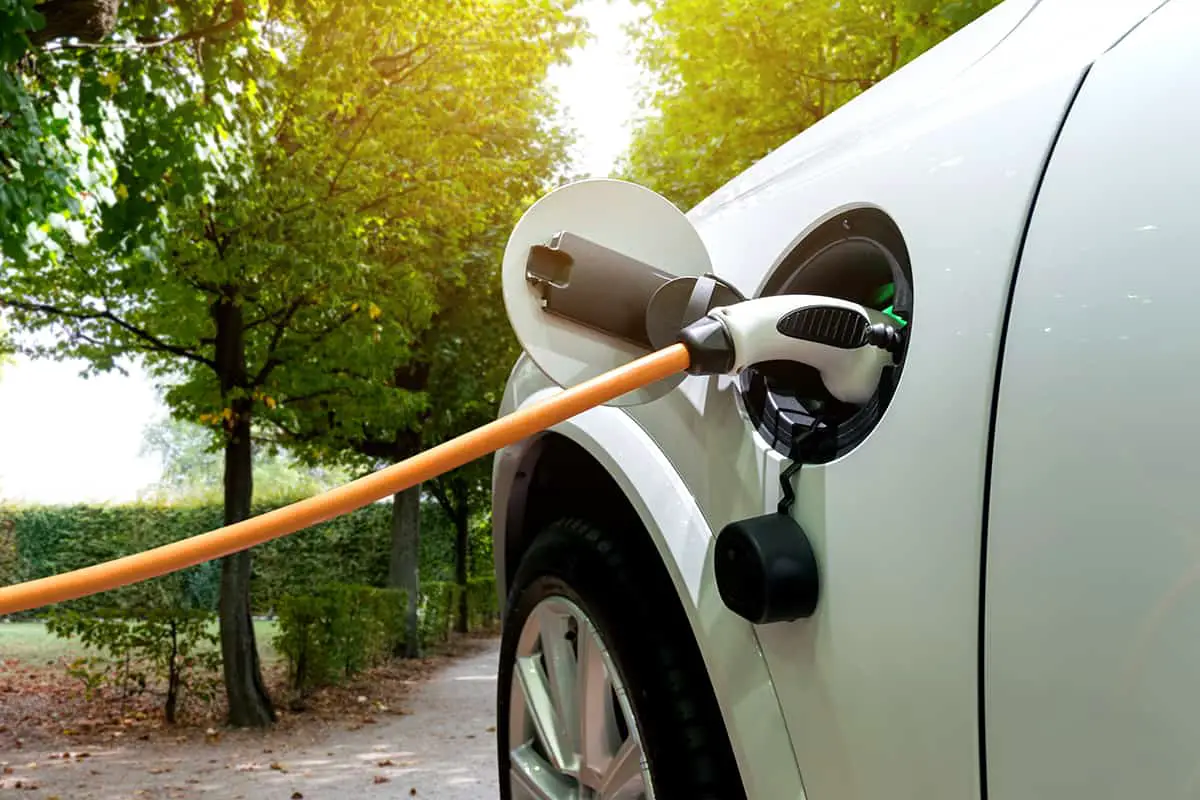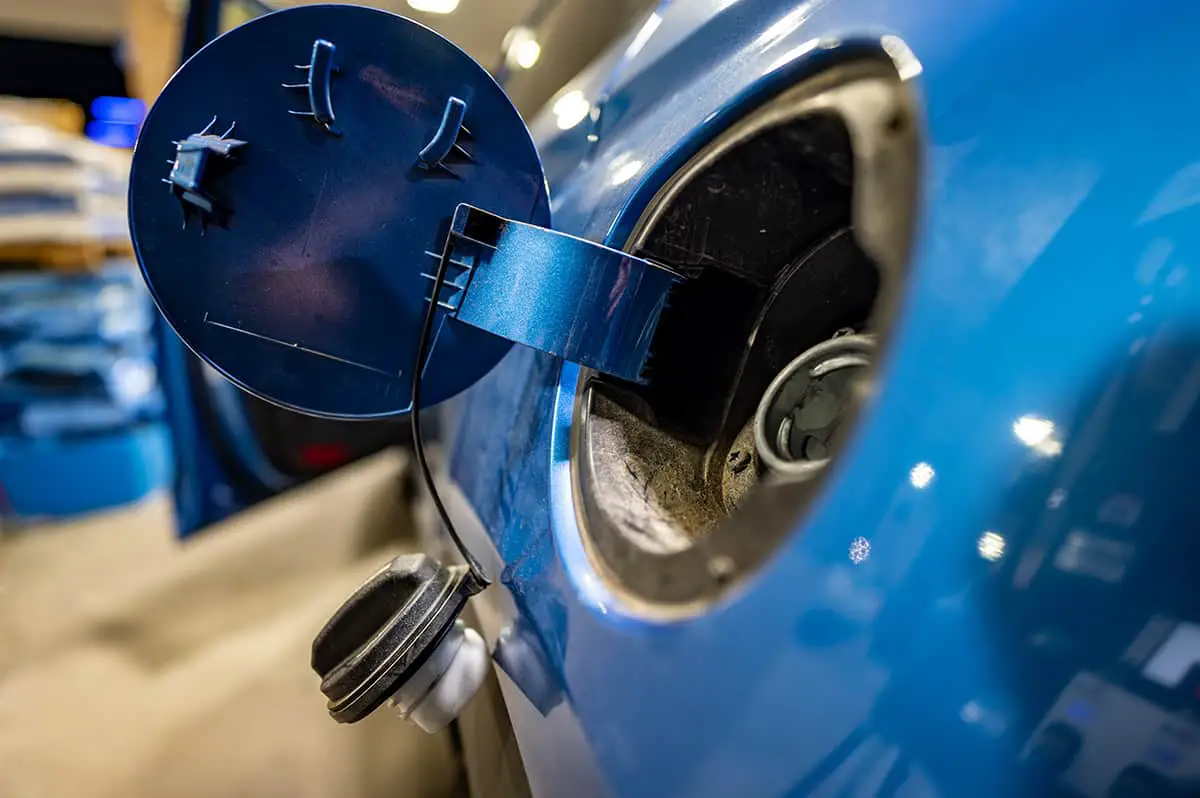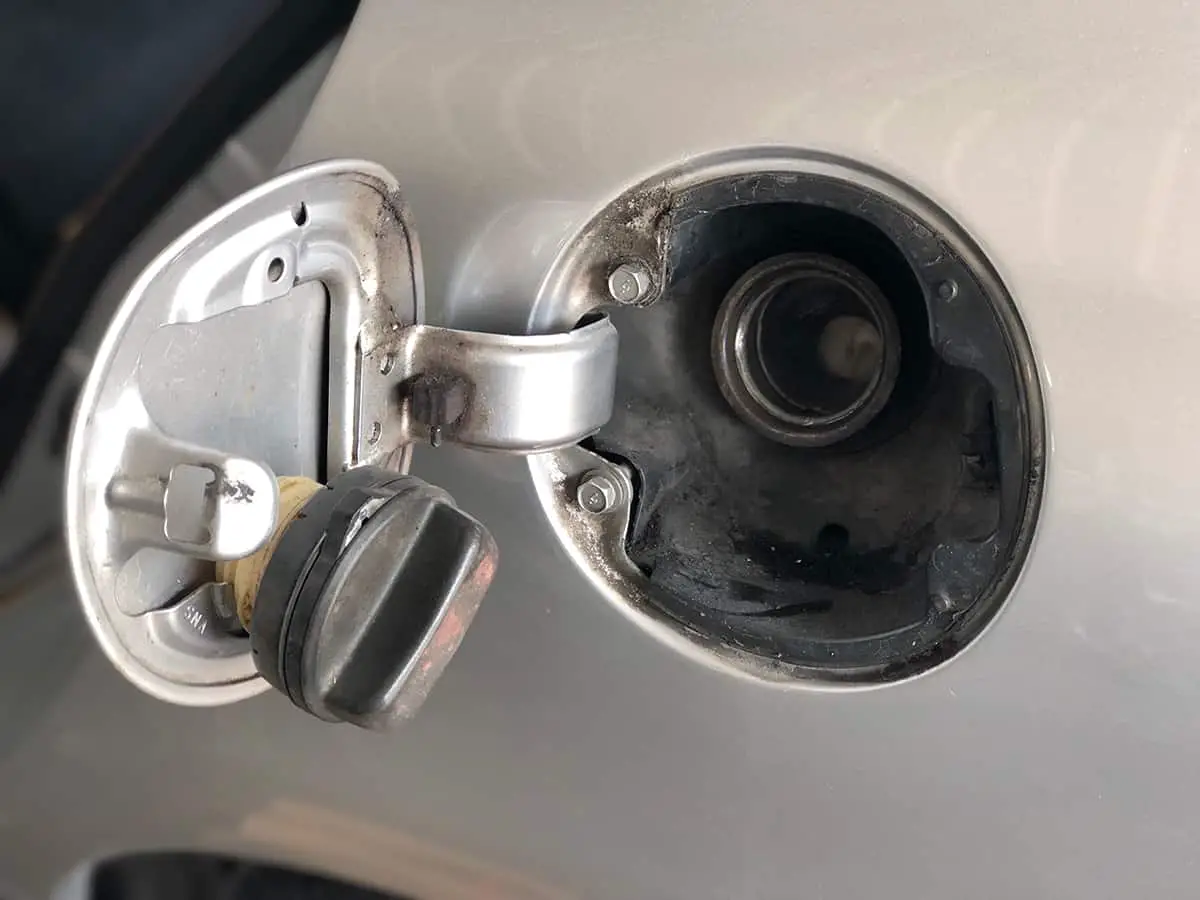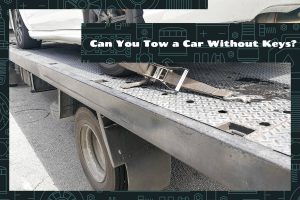A leaky gas cap can be a nuisance for any car owner. It may not seem like a big deal, but a loose or faulty gas cap can cause a variety of problems.
A leaky gas cap can cause a range of issues for a vehicle, including a strong gasoline odor, reduced fuel efficiency, and even emissions test failure. Here are some common causes of a leaky gas cap:
- Overfilled tank
- Damaged O-ring
- Damaged gas cap
- Worn cap threads
- Loose cap
- Non-compliant gas cap
- Evaporative system malfunction
Today, we’re going to learn about the importance of a fully functioning gas cap, as well as dive deeper into the causes and fixes of leaky gas caps.
Importance of a Gas Cap
The gas cap may seem like a small and insignificant component of a vehicle, but it plays a crucial role in maintaining the performance, safety, and efficiency of the car.
A properly functioning gas cap prevents fuel vapors from escaping and reduces the risk of fuel leaks, which can pose a safety hazard and impact the environment. It also helps to maintain the correct pressure in the fuel tank, which is important for the performance of the engine.
A loose or faulty gas cap can turn on the Check Engine Light, indicating a problem with the car’s emissions control system, leading to costly repairs and potential emissions test failure. Moreover, an improperly sealed gas cap can reduce fuel efficiency, increasing fuel consumption and costs for the driver.
Regularly checking and tightening the gas cap can prevent potential issues and keep the car running smoothly. In short, the gas cap may be small, but its importance cannot be underestimated when it comes to the safety, performance, and efficiency of a vehicle.
Common Causes of a Leaky Gas Cap

Earlier, I mentioned the various causes of a leaky gas cap. Now, we’re going to go into deeper detail.
1. Overfilled tank
If the gas tank is overfilled, it can create pressure within the fuel system that may cause fuel and vapors to escape past the gas cap and its seal. The increased pressure can harm the gas cap gasket, leading to an ineffective seal or loose cap. This can result in fuel tank leakage and other safety hazards.
Additionally, overfilling can cause liquid fuel to saturate the charcoal canister, which is designed to capture fuel vapors. This saturation can damage the canister and lead to leaks in the fuel system.
2. Damaged O-ring
A damaged O-ring in a gas cap can cause fuel to leak from the tank. O-rings can become brittle, cracked, or warped due to exposure to ozone or other environmental factors. If the O-ring seal becomes damaged or worn, it may cause fuel vapors from the gas tank to leak from the filler neck. To avoid this problem, it is crucial to select O-ring elastomers that can resist damage from ozone and replace the gasket if it appears cut, squeezed, or damaged.
3. Damaged gas cap
A damaged gas cap can cause fuel to leak from the tank. The gas cap itself can become damaged or warped due to environmental factors or if you play too roughly with the cap.
4. Worn cap threads
Worn cap threads on a gas cap can cause it to loosen and fail to seal the fuel tank properly, resulting in a leak. The threads on the gas cap can become worn due to repeated use or exposure to harsh weather conditions. This can cause the gas cap to fail to provide a secure fit, leading to fuel leaks and other safety hazards.
5. Loose cap
When the gas cap is not tightened properly, it fails to seal the fuel tank effectively, allowing fuel vapors to escape and air to enter the tank. This can cause issues such as decreased fuel efficiency and increased emissions, as well as potential safety hazards due to flammable fuel vapors.
6. Non-compliant gas cap
Gas caps that fail to meet regulatory standards can pose significant safety hazards by potentially causing fuel leaks from the tank. When non-compliant, gas caps may also result in inadequate sealing or insufficient pressure regulation within the fuel system. These deficiencies can cause fuel leaks, elevated emissions, and decreased fuel efficiency, all of which can lead to costly repairs and environmental consequences.
7. Evaporative system malfunction
The Evaporative Emission Control (EVAP) system is designed to prevent fuel vapors from escaping into the atmosphere from the fuel system. This system comprises several components, such as the fuel tank, charcoal canister, and gas cap, that function together to capture and store fuel vapors until they can be safely burned in the engine.
However, if the EVAP system malfunctions, caused by a leaky gas cap, it can lead to fuel vapor leaks and increased emissions. A faulty gas cap can result in improper sealing, allowing fuel vapors to escape from the tank and enter the environment, potentially causing harm to the environment and posing safety risks.
Testing for a Leaky Gas Cap

To test for a leaky gas cap, the vehicle should be parked on level ground with the engine turned off. After opening the fuel filler door and removing the gas cap from the fuel tank, visually inspect the gas cap and the rubber O-ring for signs of damage or wear.
Check the fuel tank opening for debris or damage that could prevent a proper seal. Tighten the gas cap until it clicks and use a handheld vacuum pump to check for leaks by connecting it to the fuel tank and pumping until the gauge reads 7 to 9 inches of vacuum. A drop in the vacuum reading indicates a leak in the system, which may be caused by a faulty gas cap.
Regularly checking the gas cap is crucial to prevent fuel leaks and maintain the safety and performance of the vehicle. If the gas cap is defective, replace it with a new one that fits your car.
Fixing a Leaky Gas Cap
Fixing a leaky gas cap can be a simple process depending on the issue. Here are some steps that may help to fix a leaky gas cap:
1. Avoid overfilling the gas tank
To prevent overfilling the gas tank, it is advised to stop fueling when the gas pump automatically shuts off, signaling that the tank is full. Refrain from topping off the tank as it can cause fuel spills and harm the emissions control system. It is recommended to fill the tank to no more than 75% of its total capacity. These measures will help ensure that the vehicle operates safely and efficiently, with no risk of fuel spills or damage to the emissions control system.
2. Tighten the Gas Cap
If the gas cap is loose or not tightened properly, it can cause fuel vapors to escape and lead to a leaky gas cap. Tightening the gas cap until it clicks can help to prevent further leakage.
3. Check and Replace the O-Ring
If the rubber O-ring on the gas cap is damaged or worn, it can cause fuel to leak from the fuel tank. Checking and replacing the O-ring can help to prevent further leaks.
4. Replace the Gas Cap
If the gas cap is damaged or shows signs of wear and tear, it may need to be replaced with a new one that is compatible with the vehicle.
5. Repair or Replace the Fuel Tank
If the fuel tank is damaged or corroded, it may need to be repaired or replaced to prevent fuel leaks.







